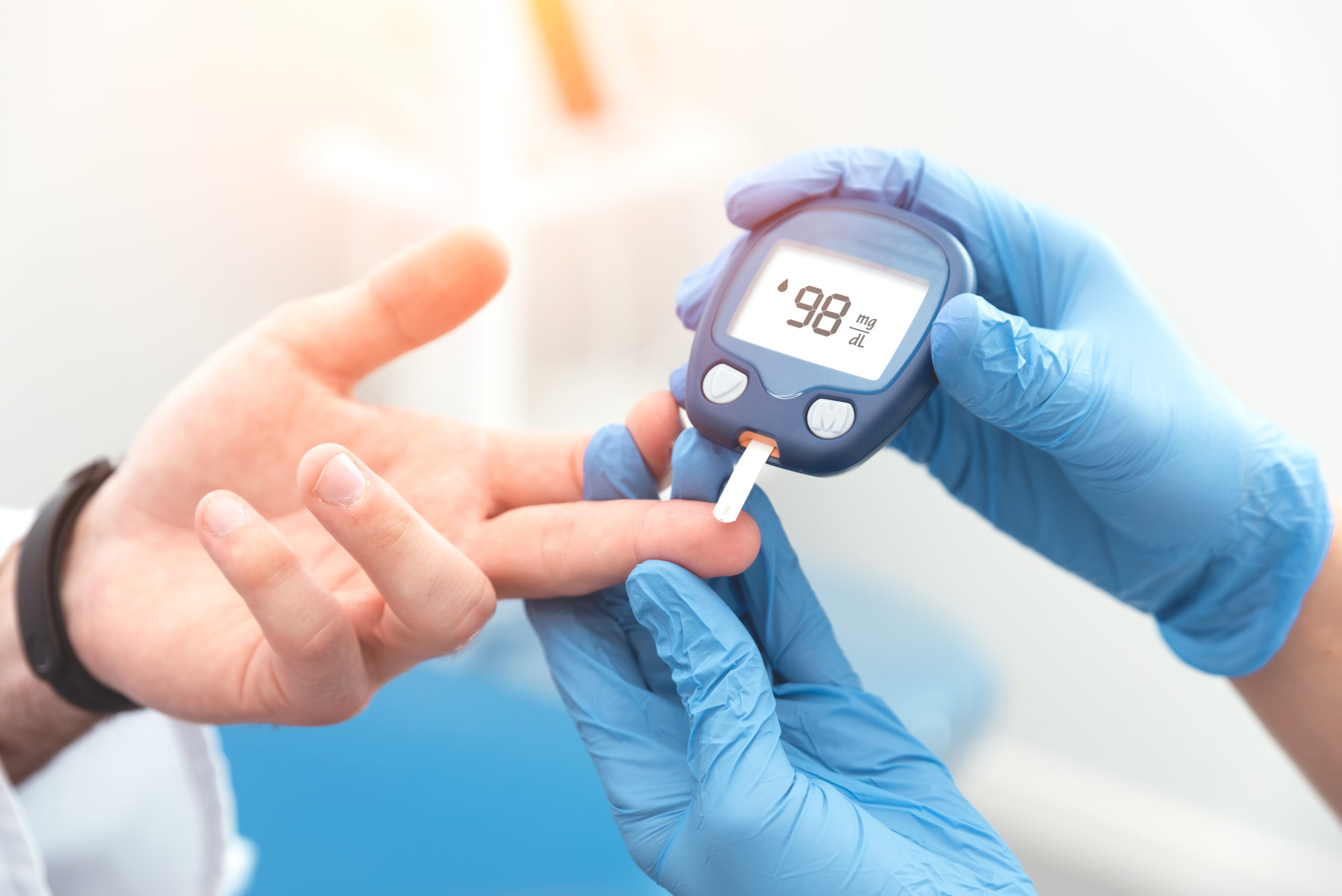Diabetes is a chronic health condition that mainly affects older adults, with about 33% of those aged 65 or older having the condition. Having diabetes means the body either doesn’t produce enough insulin or has trouble processing it, leading to blood sugar levels to be too high within the body. This can lead to long-term health issues including heart disease, kidney failure, and diabetic comas. Keep reading for the top signs of diabetes in seniors.
Symptoms of Diabetes
Diabetes has many different symptoms, but they’re all caused by excess glucose buildup in the body which causes the kidneys to become overworked. This stems from a person’s body either not producing enough insulin or being unable to process insulin effectively. Talk with your doctor if you’re experiencing any of the symptoms below on a regular basis, and they can help you determine if it would be worth testing for diabetes. The signs and symptoms of diabetes vary from person to person, but there are a few consistent symptoms:
- Increased thirst and urination. An excess buildup of glucose in the blood causes the kidneys to work extra hard, filtering things out of the body through urination. This causes people to feel thirsty, even if they’ve drank a normal amount of water that day.
- Fatigued and tired feeling. When blood sugar levels are too high, the body has trouble converting glucose to energy.
- Slowed healing. Higher levels of blood glucose can impede circulation, which disrupts the bodies natural healing process. This can cause sores (especially on feet and hands), and an increased frequency of different infections.
- Dizziness or fainting. Older adults with diabetes are especially prone to hypoglycemia, where blood sugar levels are excessively low. This can cause weakness, dizziness, shakiness, confusion, and fainting.
- Headache. The brain depends on a healthy level of blood sugar, which is an issue with the fluctuations caused by diabetes.
- Tingling sensation in hands and feet. Roughly half of people with diabetes have some level of nerve damage, especially those who have been diabetic for many years. An early sign of this is tingles in extremities like hands and feet.
Signs of Diabetes in Seniors
Type 1 Diabetes
While Type 1 Diabetes can develop at any age, it most commonly develops during childhood or teen years. With Type 1, the pancreas produce little to no insulin through natural processes. While it’s rare for someone to develop Type 1 later in life, it does happen. The initial symptoms of Type 1 and Type 2 Diabetes are fairly similar (see above), but they will usually develop far more quickly with Type 1, and become severe far more quickly as well.
Prediabetes & Type 2 Diabetes
Type 2 Diabetes can develop in childhood, but it’s far more common for it to develop in people over the age of 40. Type 2 is characterized by an impairment in the way the body regulates and uses glucose as a fuel. This is caused by two separate, but related issues. The first is the pancreas not producing enough insulin, while the second is that the body’s cells respond poorly to insulin and take in less sugar than needed for regular body functions. Most people with Type 2 diabetes will first develop prediabetes, where blood sugar levels are consistently elevated beyond a normal range, but aren’t yet at a level consistent with diabetes. Having a consistent exercise routine, staying at a healthy weight, and keeping a healthy and balanced diet are all important steps to stop prediabetes from developing into Type 2.
Other Types of Diabetes
Besides Type 1 and 2, the most common form of diabetes is gestational diabetes. This is a condition that affects pregnant women who haven’t had diabetes before. The symptoms are similar to the other types of diabetes listed above. While this condition isn’t likely to impact seniors given that an active pregnancy is a necessary factor, it’s still something to keep in mind. Women may not know they have/had gestational diabetes as symptoms are somewhat similar to those already experienced during pregnancy, and those who have had it are more likely to develop Type 2 diabetes later in life.
There are several other types of diabetes, all of which are fairly uncommon. For the full list, click here. While it’s possible to develop these later in life, you don’t need to keep as close of an eye on the signs of diabetes in seniors for these rarer forms. Many of them are linked to specific genetic mutations, meaning that parents or older family members will likely show signs of the condition prior to it becoming an issue for younger family members. If you’re aware of specific genetic factors or conditions that run in your family, discuss it with your doctor and develop a specific treatment plan.




Leave a Reply